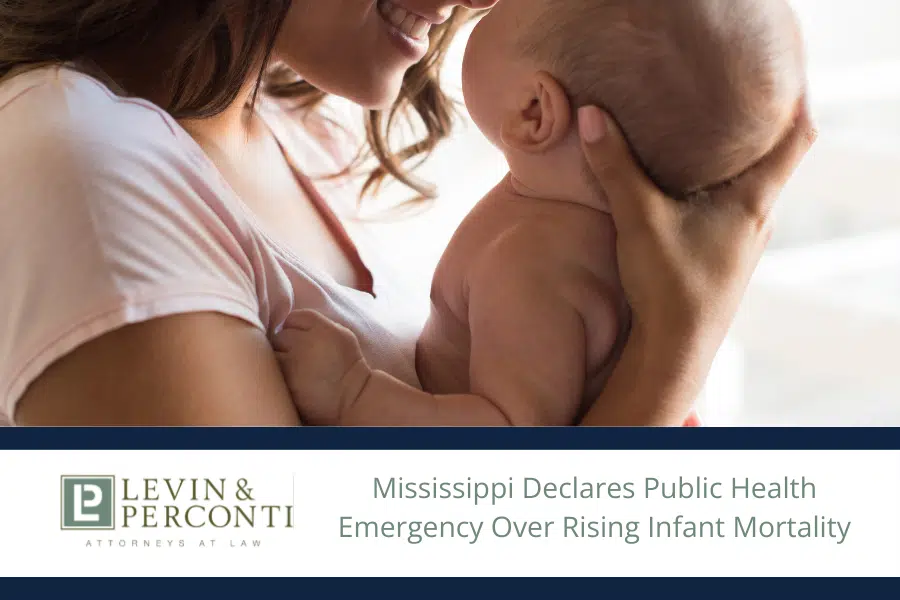Latest CDC Data Shows U.S. Maternal Mortality Rate Highest Among Comparable Countries
A recent analysis of the latest issue brief from the Centers for Disease Control and Prevention (CDC) shows that most maternal deaths are preventable but continue to be increasing in the United States compared to 10 high-income countries. The data is being used to identify differences in maternal care workforces, access to postpartum care and midwife services, and paid maternity leave policies among the countries, including Australia, Canada, France, Germany, the Netherlands, New Zealand, Norway, Sweden, Switzerland, and the United Kingdom.
Other key findings alarming to U.S. women included:
- Out of all the countries surveyed, U.S. women are the most likely to die from complications related to pregnancy or childbirth.
- In 2018, there were 17 maternal deaths for every 100,000 live births in the U.S. — a ratio more than double that of most other high-income countries. In contrast, the maternal mortality ratio was three per 100,000 or fewer in the Netherlands, Norway, and New Zealand.
- Obstetrician-gynecologists (ob-gyns) are overrepresented in the maternity care workforce relative to midwives.
- There is an overall shortage of maternity care providers (both ob-gyns and midwives) relative to births.
- In most other countries, midwives outnumber ob-gyns, and primary care plays a central role in the health system.
- Although a large share of its maternal deaths occur postbirth, the U.S. is the only country not to guarantee access to provider home visits or paid parental leave in the postpartum period.
- The U.S. has a relative undersupply of maternity care providers, especially midwives. It lacks comprehensive postpartum supports even though the World Health Organization (WHO) recommends midwives as an evidence-based approach to reducing maternal mortality.
- Severe bleeding, high blood pressure, and infection are the most common contributors to S. maternal deaths. At the same time, cardiomyopathy is the leading cause of late deaths, with drastic impacts on Black and Hispanic women.
The Organization for Economic Co-operation and Development and earlier Commonwealth Fund studies also supported the CDC brief. Ultimately, conclusions supported the data showing that although most are preventable, maternal deaths have been increasing in the United States since 2000, according to the CDC’s most recently available data.
Understanding Maternal Mortality
There are three commonly used measures of maternal deaths in the United States. While they all capture some aspect of maternal deaths, they are not equivalent.
- Pregnancy-associated death:Death while pregnant or within one year of the end of the pregnancy, irrespective of the cause.
- Pregnancy-related death:Death during pregnancy or within one year of the end of pregnancy from a pregnancy complication, a chain of events initiated by pregnancy, or the aggravation of an unrelated condition by the physiologic effects of pregnancy. Used in the U.S. only, this CDC measure is typically reported as a ratio per 100,000 births.
- Maternal mortality:Death while pregnant or within 42 days of the end of pregnancy, irrespective of the duration and site of the pregnancy, from any cause related to or aggravated by the pregnancy or its management, but not from accidental or incidental causes. Used by WHO in international comparisons, this measure is reported as a ratio per 100,000 births.
A mother can be at harm during the pre and post-natal stages, the fetus or newborn is as well. Around one-third of U.S. pregnancy-related deaths, counted up to one-year postbirth, occur during pregnancy.
- 17% of deaths occur on the day of delivery.
- 52% occur after the delivery, or during postpartum phases:
- 19% of all maternal deaths occur between one and six days postpartum.
- 21% of all maternal deaths are between one and six weeks postpartum.
- 12% of all maternal deaths occur during the remaining portion of the year; these are also known as late maternal deaths.
Furthermore, maternal death is experienced more frequently by women of color.
How Race and Ethnicity Impact Maternal Mortality Rates
However, just as troublesome is that pregnancy and childbirth are much more dangerous for women and babies who are not white. In 2019, Black women were two to three times more likely to die from pregnancy-related causes than white women. And in the Chicago-area, an average of 19 women die within 12 months of pregnancy each year, according to a 2019 report by the Chicago Department of Public Health. The findings are consistent with 2018 maternal death reports by the Illinois Department of Public Health (IDPH) that Black women in Illinois are six times more likely to die of pregnancy related conditions than white moms. And Black infants in America are now more than twice as likely to die as white infants before their first birthday due to mostly preventable preterm birth-related issues, according to IDPH.
The CDC also found that although “most pregnancy-related deaths are preventable,” racial and ethnic disparities in such deaths have continued to persist over time. This data also concluded that the high maternal mortality rate for Black and Hispanic women aligned closely with the U.S. variation by race and ethnicity: the number of deaths per 100,000 births for Black non-Hispanic women in 2018 (37.1) was more than two times higher than that for white mothers (14.7). Hispanic women have the lowest rate (11.8), according to National Vital Statistics Report 69.
Keep Illinois Hospitals and Healthcare Systems Accountable
Proper medical supervision and treatment must be rendered at all times during pregnancy and the birth process. When a doctor fails to provide adequate care and an injury occurs, the doctor and hospital may be liable for damages. If you suspect medical negligence may have contributed to a maternal injury or death, please contact Levin & Perconti toll-free at 877-374-1417 or in Chicago at (312) 332-2872 for a FREE consultation.
Source: Roosa Tikkanen et al., Maternal Mortality and Maternity Care in the United States Compared to 10 Other Developed Countries (Commonwealth Fund, Nov. 2020). https://doi.org/10.26099/411v-9255



